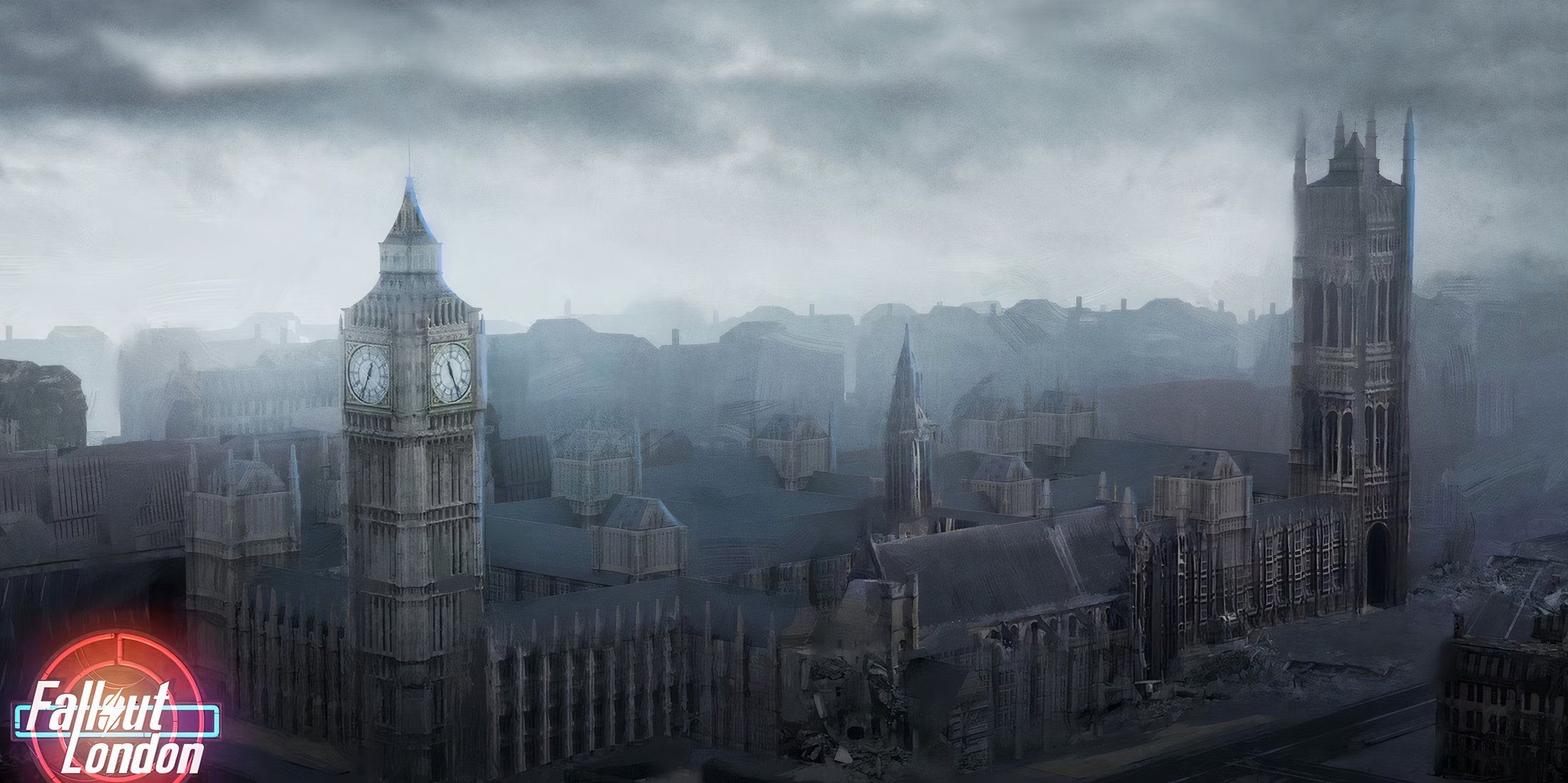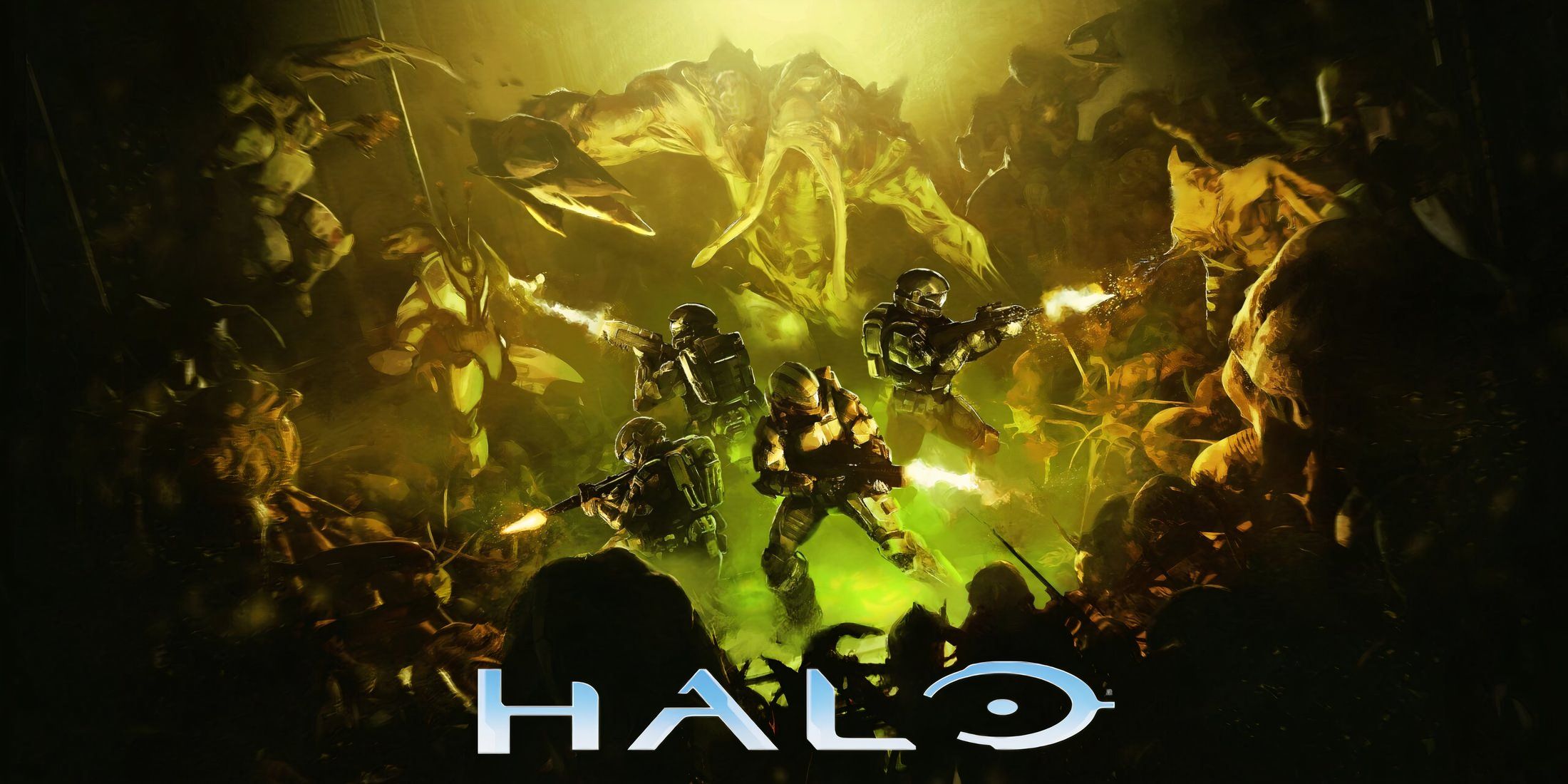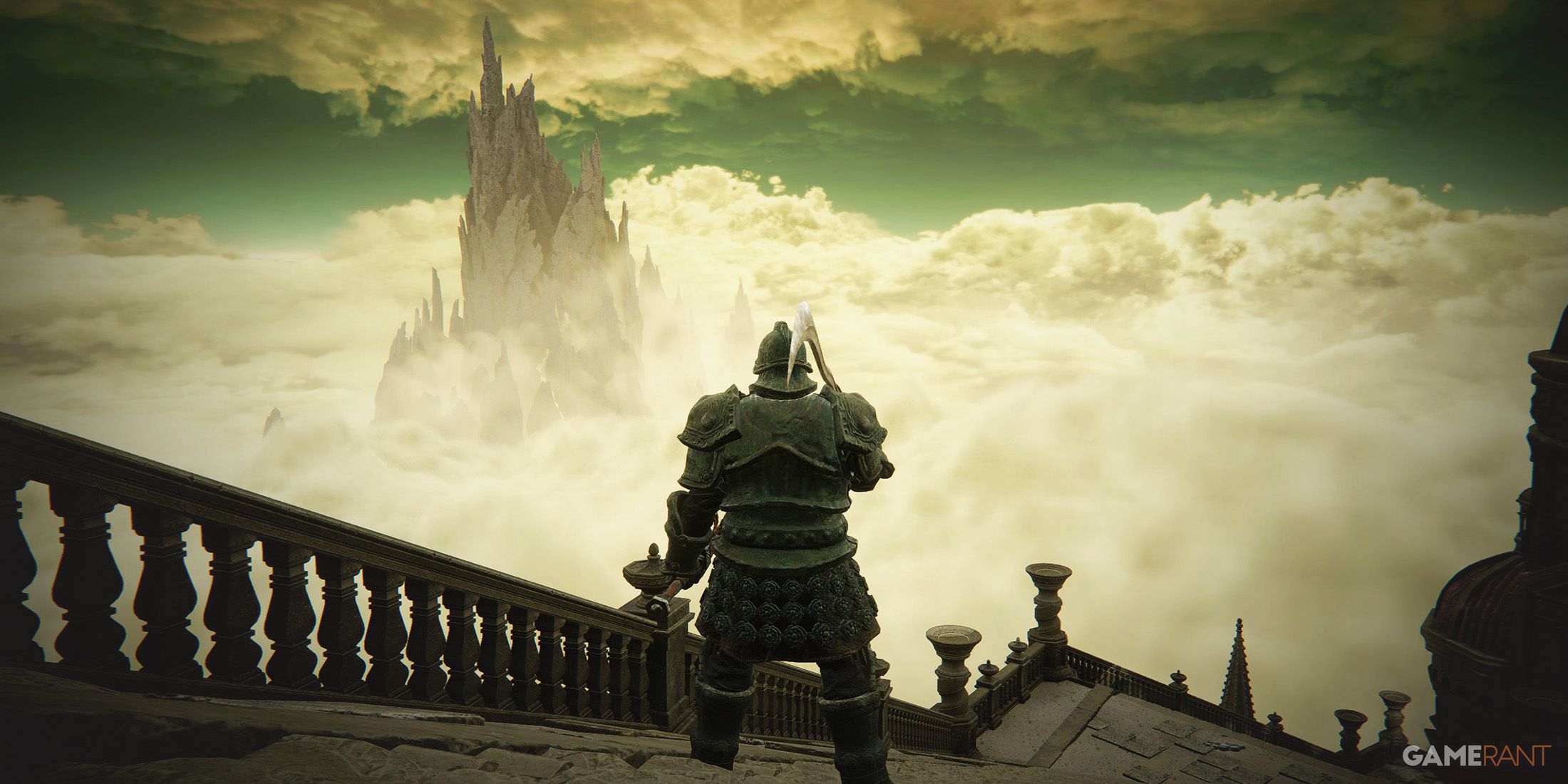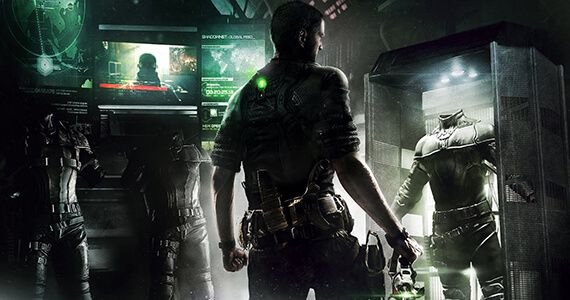At long last, Sam Fisher is back in action in Splinter Cell: Blacklist. After three years of hard work from Ubisoft Toronto, the studio's first release is as sharp and action-packed as its predecessors – despite a few minor drawbacks. Following the example set by the previous game, Conviction, the newest installment of the stealth-action franchise improves upon many of the same great features, but adds some new tricks of its own.
Following the events of Conviction, the elite operative team Third Echelon has been shut down by President Caldwell, and replaced with a small counter-terrorist unit known as Fourth Echelon. Taking orders directly from the Commander in Chief, this handful of special forces is all that stands in the way of a series of precise terrorist attacks directed at the US from a mysterious group who call themselves ‘The Engineers’. As Sam Fisher, players must stop the Engineers from carrying out the planned attacks, known only as ‘The Blacklist’.
Despite an explosive debut at E3 2012 that had many players wondering if the series was moving away from its roots, Blacklist follows the same stealth-action formula that the franchise is known for. However, gone is the personal vendetta drama opened up in Double Agent, which had created a more vulnerable and human side of Fisher. With this new story, Ubisoft Toronto has gone back to basics: the free world is at stake, and that's all that matters. Fisher's daughter Sarah, for example, is largely removed from the game, with interaction kept to optional phone calls between missions.
While previous Splinter Cell games have been fairly linear, Blacklist breaks this trend by allowing players to seek out alternate routes, and use varying combat styles throughout the game. The ‘Ghost’ method rewards players with bonus points and cash for leaving no trace and performing nonlethal takedowns if necessary. ‘Panther’ awards a reasonable amount of points for aggressive actions and one-on-one combat, and ‘Assault’ lets players throw caution to the wind, so long as they leave no witnesses. Each style of gameplay has its merits within a specific situation, but Blacklist values stealth the highest, with Ghost earning the most points and money out of the three options. The result is an effective solution to account for various play styles, as opposed to restricting players to a linear way of thinking.
Many gameplay and aesthetic elements are carried over from Conviction, including the ability to mark & execute targets, and the projection of objectives and mission details onto the environment. While it's a handy addition, controls can be a bit tedious at times, as jumping between cover and peaking under doors are actions that require more precision than should be necessary. A new ‘Killing in Motion’ technique allows Fisher to move and execute multiple targets with more fluidity, and ‘Active Sprint’ opens up more free-roaming possibilities, letting the player traverse ledges, rails and rooftops with ease. Using this ability can quickly alert enemies however, as Active Sprint is bound to the same button as environment actions, which can have Fisher jumping from cover or kicking in doors when the player doesn't want to.
Campaign progress, online leaderboards and character upgrades are made available through the Strategic Mission Interface (SMI), used by Fourth Echelon operatives and located at the core of the Paladin aircraft. Completing missions earns points and cash to spend on new weapons, suit upgrades, and multiplayer character loadouts. Ubisoft has cleverly integrated the SMI into the fabric of Blacklist, encompassing both single-player and multiplayer gameplay, and adding a new layer of depth to the stealth-action genre.
Assisting Sam Fisher are the rest of Fourth Echelon: Anna GrÃmsdóttir and Victor Coste, both of whom reprise their major roles from the previous game; and newcomers Isaac Briggs, a loose cannon field operative, and Charlie Cole, a snarky and sarcastic tech officer. The dynamic between these characters is sharp and quick, and it's interesting to see Fisher coordinate with team members who work in real time to create distractions and assist in mission completion. Interacting with your teammates between missions opens up new tasks and upgrades, the latter of which become essential later on in the solo campaign. While side missions are not required to complete the solo campaign, they offer more insight into character motives and overall plot.
As with the previous games, missions are punctuated with brief side tasks, like flying a small drone through a building to shut off power, or picking off baddies from the air while Fisher moves between cover. One mission puts the player in a first-person run-and-gun scenario, which sadly feels out of place due to clunky controls and an abrupt lack of stealth options. Instead of being an exhilarating push toward a goal, the FPS sequence feels somewhat rushed and incomplete. All in all, these small mission objectives do help to break up otherwise predictable stealth fare, with gadgets like the tri-rotor drone also usable nearly anywhere in a given mission.
Cooperative missions also play a heavy role in Blacklist, forcing players to rely on each other and communicate in order to complete their objective. Clever checkpoints in the form of dual breach points ensure players meet at a specific location before pushing forward, while other objectives will require them to split up periodically. This allows for greater replay value, as players can replay missions in order to try different routes. Like the solo campaign, there are quick sequences that break up the stealth gameplay. For example, one player might take control of UAVs and drones, clearing a path for the other player to reach a checkpoint. These are particularly exciting, and allow players to communicate and plan their attack.
Multiplayer gameplay is an important feature that has been greatly expanded in Blacklist, most notably in the completely re-worked Spies vs Mercs mode. In SvM, two teams fight to achieve a set goal, similar to Counter-Strike's various missions that give terrorists or counter-terrorists their own objective to complete by the end of the round. ‘Classic’ mode is a faithful remake of the original 2v2 gameplay found in Pandora Tomorrow, while ‘Blacklist’ mode comes with numerous updates, including multiple character loadouts, 4v4 matches for increased carnage, and much more.
Splinter Cell: Blacklist is a fantastic addition to the popular franchise, and sets the bar high for future stealth-action titles. A few small missteps aside, Ubisoft Toronto has created a wonderful first entry, cementing itself as a top-notch team of video game developers and enthusiasts alike. This game is a must-have for fans of the original Splinter Cell, who will be thrilled to see their favorite features of the original games making a comeback.
-
Splinter Cell: Blacklist breaches the scene on August 20th, for PlayStation 3, Xbox 360, Wii U, and Windows PC.
Follow me on Twitter @superkyol.
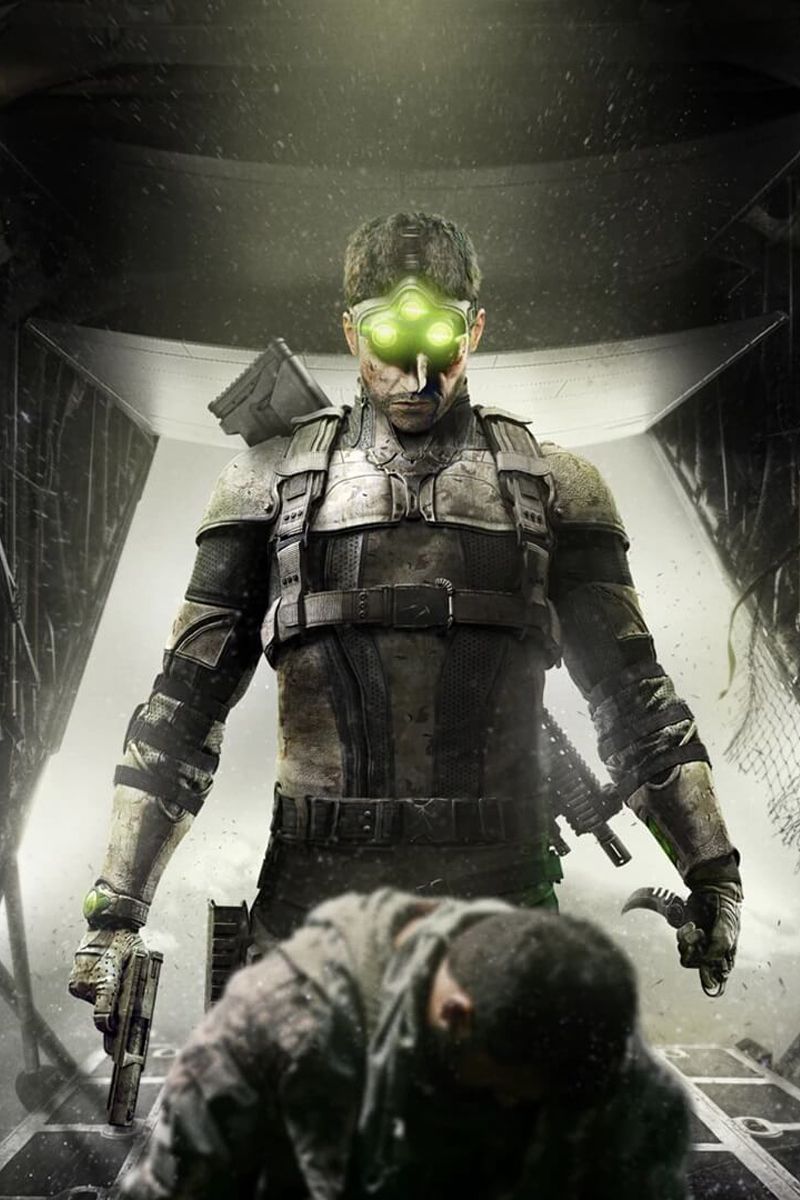
Tom Clancy's Splinter Cell: Blacklist
From Ubisoft comes Tom Clancy’s Splinter Cell Blacklist, the seventh game in the famous Splinter Cell franchise. In a game focused on stealth, players must guide Sam Fisher through various levels infested by members of the Engineers. With a variety of tools from night vision goggles to zip lines, players can choose how to tackle each obstacle.

